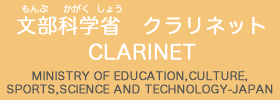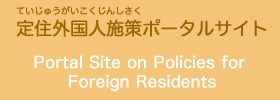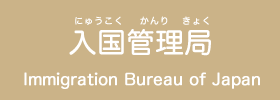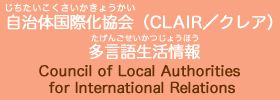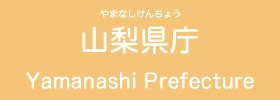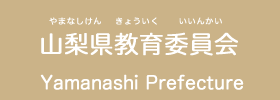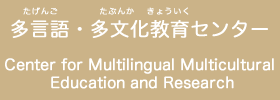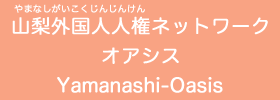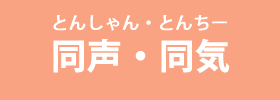
- Home >
- Information on Entering into Senior High School >
- Information About High School Entrance Examinations

1 Entrance Examination Schedule
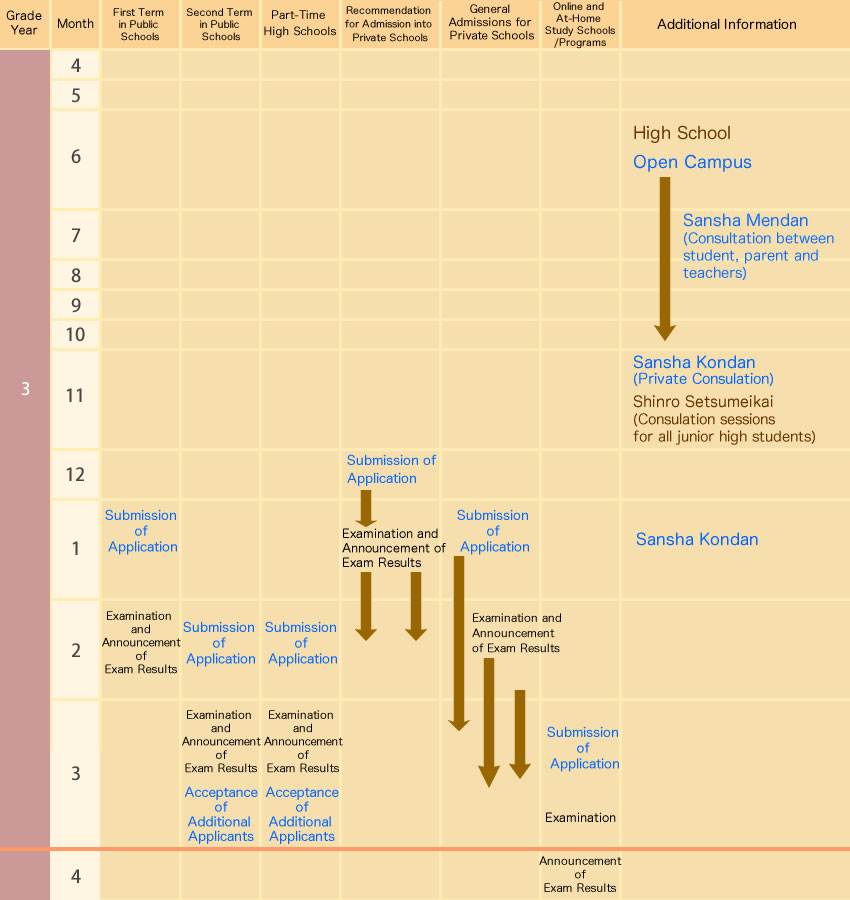
All students will be required to take several very important tests during their third year of junior high school. The results of these tests determine the high school(s) that students will be able to apply for. There are two or three of these tests held during the second semester.

2 Entrance Examinations for Public Schools
■ All students are eligible to apply for any public high school in Yamanashi Prefecture. Applications for admission are held two times during the year. If a student is unable to receive acceptance into their high school of choice, they will be allowed to apply again during the second application period. If a school is unable to receive enough students who have passed the entrance examinations, then the school will begin taking applications again.
○ First Term Admission Applications
■ Part-time high schools do not take first term admission applications.
■ First term applicants are not required to take tests that measure academic ability. Instead, they must take other kinds of tests, interviews, essays, etc.
■ Students with a history of exceptional academic ability or a talent for sports will have a greater chance to be admitted into their high school of choice. Students are advised to consult with their homeroom teachers about which school they should apply for.
○ Second Term Admission Applications
■ Part-time high schools will accept second term applications.
■ Second term applicants are required to take tests that measure their academic abilities in areas such as Japanese language and literature, social studies, mathematics, science and English.
■ In addition to tests that measure academic performance, part-time high schools will also conduct interviews for students seeking admission.
○ Re-Taking Applications
■ When a particular school is unable to admit enough students, they will begin taking additional applications. The admission tests during this time can consist of academic subjects or other material.
3 Entrance Examinations for Private Schools
There are two different kinds of application processes, called “Tangan” and “Heigan”
in Japanese. A detailed explanation of these processes is provided below.
○ Tangan
■ This is an application for students who specifically wish to attend a private school. Students are only allowed to apply for a single private high school.
■ Junior high school teachers will consult with teachers from the high schools that their students wish to apply for admission into.
■ Students who apply through this process have a higher chance of admission than students who apply through Heigan.
○ Heigan
■ This is an application for students who specifically wish to attend a public school. Students who apply through this process will also be allowed to apply for admission into private schools, in addition to their (public) high school of choice.
■ Junior high school teachers will consult with teachers from the high schools that their students wish to apply for admission into.
4 Special Entrance Exam for Students with a Foreign Nationality or who Have Returned (to Japan) From Living Overseas
■ There is a special entrance exam given to students who came to Japan from a foreign country. The name of this exam is called “Kikoku Seitotou Tokubetsu Sochi” in Japanese.
■ This exam measures student ability in academic subjects. The second portion of the exam is an interview test.

■ The academic portion of the exam uses the same content found in public high school entrance examinations in Yamanashi prefecture. Students are allowed to choose three different subjects to take on the exam. The subjects that students can choose from are as follows: Japanese Language and Literature; Social Studies; Mathematics; Science; English.
Fuefuki ,
Tsuru Kojokan , and
Chuo
high schools will offer special Japanese language lessons for one year for students who enter their schools using this exam.
○ Students Who are Able to Take the Special Exam
Students that hold Japanese nationality but have returned from living overseas, or
who are from foreign countries that have immigrated to Japan, or foreign students studying
in Japan are eligible to take the exam. More information on these three categories is
provided below.

(1)Students Who Have Immigrated to Japan and are Eligible to Take the Exam
■ Students from families with Japanese nationality, but who have lived in China or whose families have lived in China for many years (due to political reasons) are eligible to take the exam. Foreign students (and their children) that decide to permanently reside in Japan are also eligible.
■ Students that have lived in Japan for less than seven consecutive school years (the Japanese school year starts on April 1st.)
■ Japanese citizens that lived in China from September 2nd, 1945 (or even before this date) and who have returned after September 2nd 1945 are awarded a special status in Japan. They are called “Chugoku Zanryuu Houjin.” Japanese citizens who are descendants from families within this category are also given this special status.
(2)Students Who Hold a Foreign Nationality
■ Children with a foreign nationality but who live in Yamanashi with their parents are eligible. Foreign students who intend to live in Japan are also eligible.
■ Students that have lived in Japan for less than seven consecutive school years (the Japanese school years starts on April 1st.)
○ Requirements to Take the Special Entrance Exam
Foreign students will require a copy of a foreign registration certificate (called “Gaikokujin Touroku Genpyou” in Japanese) to prove that they have lived in Japan for less than a specified number of years. If you require a copy of your foreign registration certificate, you may submit an application for one through the Ministry of Justice. Upon submission of your application, you should receive a copy of the document in a month or a month and a half. You will need your registration certificate by February, so please ensure that you apply for the documentation as early as possible. For more information, you can refer to the Ministry of Japan’s official website. The link is provided below.
http://www.moj.go.jp/hisho/bunsho/hisho02_00016.html
In 2012, some high schools only required a copy of an Alien Registration Certificate/Card (called “Gaikokujin Touroku Shoumei Sho” in Japanese), or a photocopy of students’ passports. However, the required documentation is determined by school principals, so please check with the teachers at your child’s junior high school about what documents you will need to prepare.
5. Information About Entrance Examinations
Information about entrance exams can be found on the official website of Yamanashi prefecture. Refer to the link below.
http://www.pref.yamanashi.jp/gakkosui/nyuusi/h25.html
6.How Admission Results are Determined
All junior high schools keep records of students’ evaluation reports (called “Chousasho” in Japanese). When a student applies for admission into high school, junior high schools will submit the evaluation report to the high school on behalf of the student. The evaluation report keeps a record of a student’s performance for the duration of their time in junior high. Many details, including absences and tardiness, overall performance and class participation, and grades are recorded in the evaluation report. The results of whether a student is accepted or not into high school are determined by the results of the entrance examination and the student evaluation report. For students who will apply for admission into part-time high schools or who will take special exams, an interview will also be used to determine students’ admission results. Even in cases where a student may perform exceptionally on the high school entrance examination, if the evaluation report for the student is poor, then the high school may still reject the student’s application for admission. Therefore, it is very important for students to work diligently in junior high school from the time they enter, to the time they graduate.

7 Additional Information
■ In some cases for first year students, students will be allowed to observe work conducted in a factory, farm, office etc. In the second year of school, these students may be allowed to engage in hands-on training at this specified workplace.
■ High schools will set aside a day for prospective applicants to observe the campus, classes, school activites, etc. (known as “open campus” in Japan). If there is a particular high school you are interested in enrolling into, either participate in the prospective high school’s open campus or visit the school. High schools will make a note of which students attend their open campus days, so do your best to make a good impression on the school teachers and faculty. For students, make sure you are wearing your uniform appropriately, that you are not late and that you bring all materials that will be required of you.












